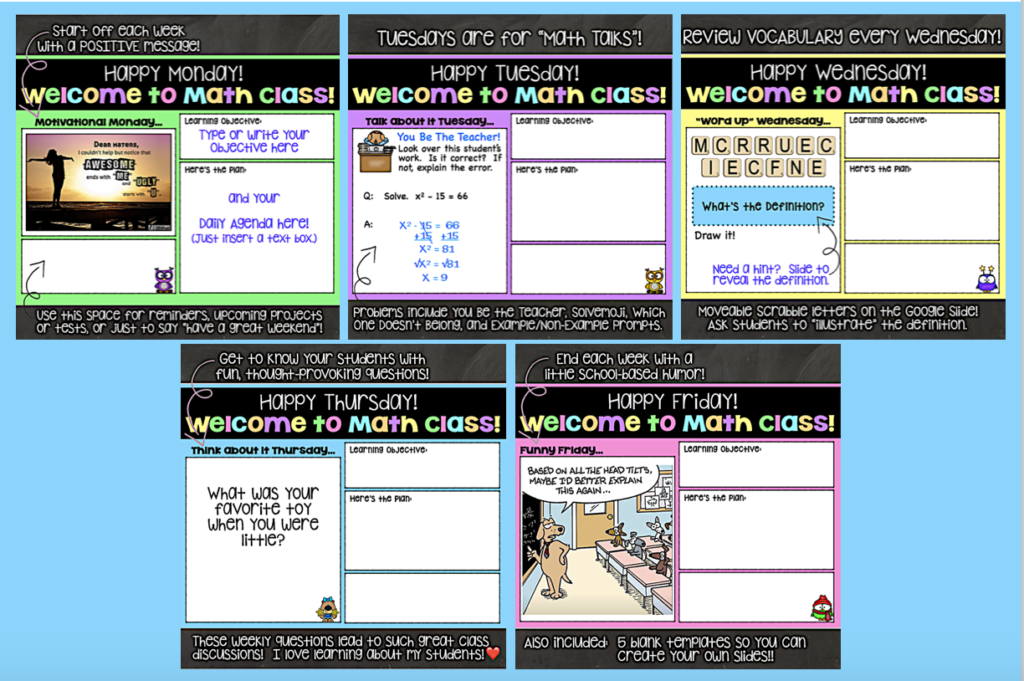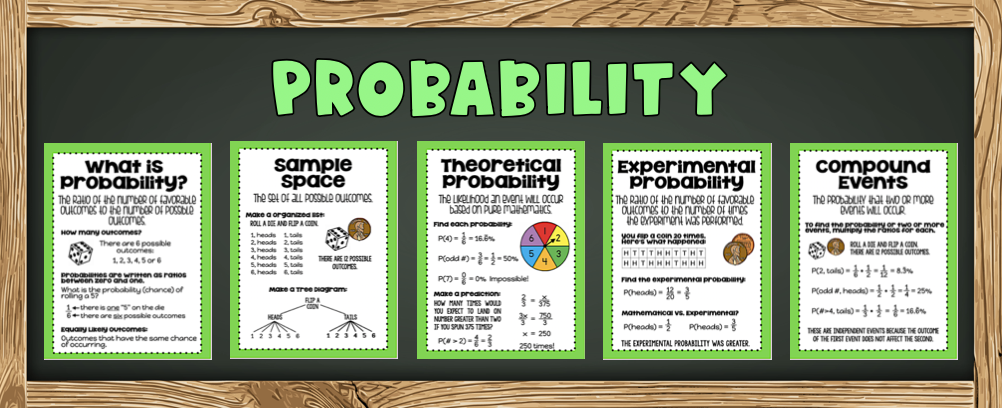
Hello!
I hope this email finds you well and thriving in your teaching endeavors! I wanted to introduce you to a fantastic and engaging tool that can help your students boost their math skills while adding a dash of creativity to the learning experience: Math Mugshots.
We all know that math can sometimes feel like a puzzle waiting to be solved, and what better way to tackle it than with a splash of color? Regardless of your students’ mathematical level or artistic ability, Math Mugshots can be an exciting addition to your math toolkit!
What are Math Mugshots?
Math Mugshots are a fun and interactive way to review math concepts. Think of it as a coloring activity, but with a mathematical twist! This activity allows your students to revisit important math concepts while unleashing their creativity. It’s versatile and can be used in lots of ways!
- Test Preparation: Use Math Mugshots to comprehensively review key math concepts before a test.
- Homework Assignments: Infuse excitement into homework tasks by incorporating Math Mugshots.
- Extra Credit Opportunities: Encourage students to go the extra mile by offering Math Mugshots as a rewarding challenge.
- Assessment Tool: Assess your students’ understanding of math topics in a creative and engaging manner.

Why Use Math Mugshots?
- Engaging Learning: Math Mugshots take the sometimes daunting task of math revision and turn it into an exciting adventure, making learning fun and memorable.
- Versatile Use: You can seamlessly integrate Math Mugshots into your teaching strategy to cater to various learning needs.
- Enhanced Retention: Visual and interactive learning aids retention—what better way to solidify math concepts?
- Math for All Ages: Math Mugshots are suitable for students of all ages, from elementary to high school and beyond.
Ready to dive into the world of Math Mugshots? You can find these engaging resources in my store to get started right away! Can’t decide on just one? Choose ANY five Mugshots to create your own BUNDLE!


Thank you for being a part of the math-loving community. If you have any questions, please feel free to reach out.
Happy coloring and math-solving!😊
Kim















